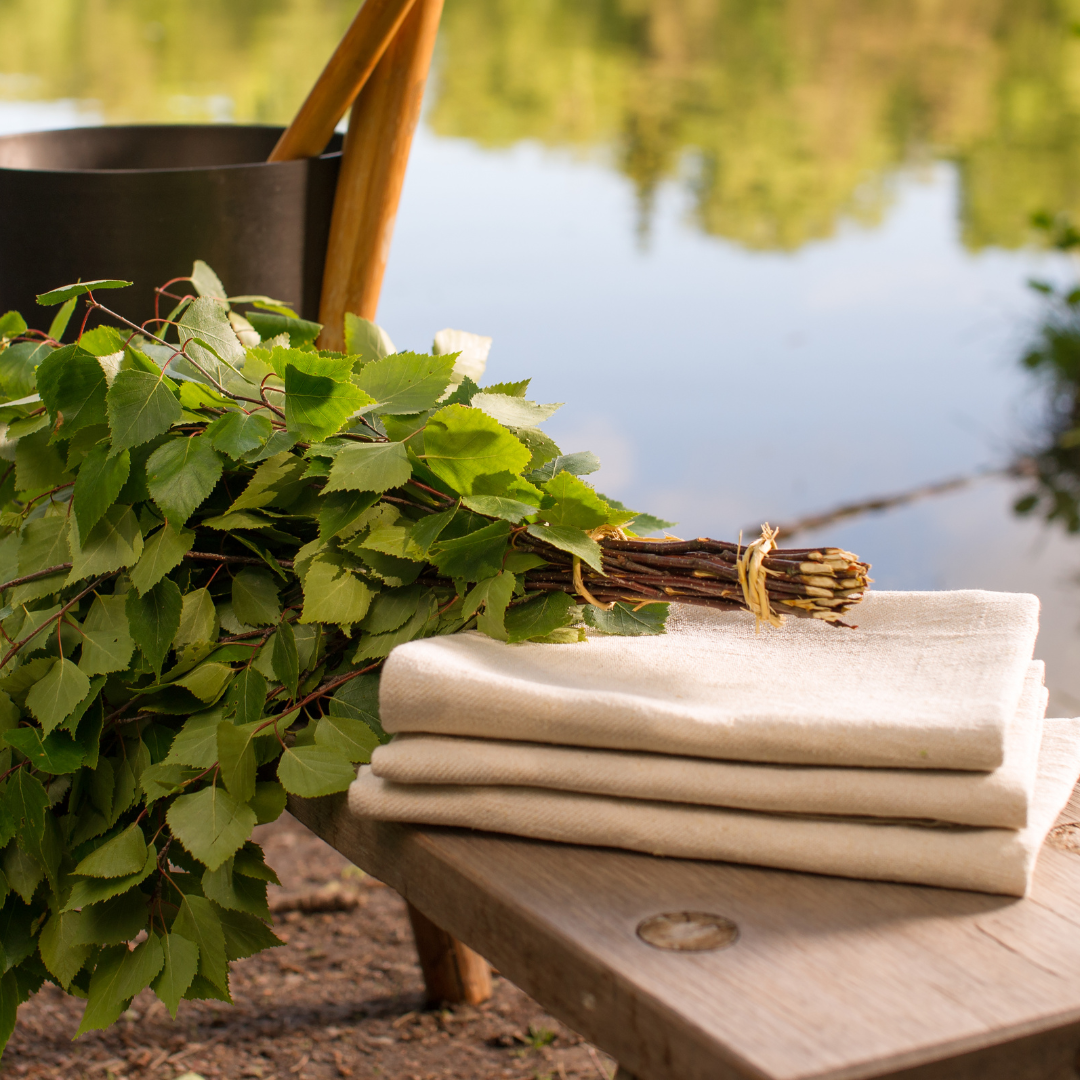The Tradition of Finnish Saunas: From Lakeside Cabins to Floating Saunas

The Finnish sauna is more than just a space for relaxation and rejuvenation. It’s a cultural institution, an embodiment of Finnish values, and a reflection of the nation’s deep connection with nature. A land of thousands of lakes and vast forests, Finland has incorporated these elements into its sauna tradition, creating an experience that’s unique to the Finnish way of life. From the tranquil shores of remote lakes to the innovative design of floating saunas, the journey of the Finnish sauna is both diverse and profound.
The Essence of Finnish Life: Sauna’s Cultural Significance
The sauna is intricately woven into the fabric of Finnish life. Originating over 2000 years ago, the sauna was not just a place for bathing but also for birthing, healing, and socializing. The “löyly” – the steam produced by throwing water on hot stones – is considered the spirit of the sauna, with its purifying and therapeutic effects. The sauna experience encapsulates many Finnish values: simplicity, honesty, and a profound respect for nature. In a world bustling with noise, the Finnish sauna offers silence and solitude, making it an essential retreat for introspection.
Traditional Lakeside Saunas: A Dive into History
Historically, most Finnish saunas were located beside lakes, often nestled amidst dense forests. Built using local timber like pine or spruce, these saunas were characterized by their simplistic and functional designs. The proximity to the lake had a dual purpose: it provided water to generate steam and offered a refreshing plunge post the sauna heat. These lakeside saunas were typically wood-fired, with smoke saunas being especially popular. Without a chimney, the smoke from the burning wood would fill the room, and over time, escape through small openings, leaving behind a distinctive aroma that many associate with the traditional sauna experience.
The Modern Evolution: Advent of the Floating Sauna
As the world evolves, so does the Finnish sauna. The floating sauna is a testament to Finland’s innovative spirit. Built on rafts or boats, these saunas drift along Finland’s lakes and coastal areas. They combine the traditional sauna experience with the ever-changing views of the water. Some floating saunas are motorized, allowing for exploration, while others are anchored in a specific spot, often in picturesque settings. This evolution not only showcases Finnish adaptability but also their commitment to keeping the sauna experience deeply connected to nature.
The Rituals and Health Benefits: From Birch Whisks to Cold Plunges
The Finnish sauna ritual is a holistic process, combining various elements for maximum benefit. “Vihta” or “vasta,” bundles of fresh birch twigs, are gently whipped over the body, stimulating circulation and releasing aromatic oils. Post sauna, a cold plunge in a nearby lake or snow bath in winter contracts the expanded blood vessels, invigorating the body. These rituals, combined with the heat of the sauna, have numerous health benefits: improved cardiovascular function, enhanced skin health, muscle relaxation, and stress reduction. Additionally, the act of transitioning from extreme heat to cold boosts the immune system, making regular sauna-goers less prone to colds.
Sauna Etiquette: Do’s and Don’ts for First-Timers
While the sauna is a personal experience, there are some universally followed etiquettes. Firstly, cleanliness is paramount. One must shower before entering the sauna. Traditional saunas are enjoyed naked, but in mixed settings, a towel or swimsuit is common. Conversations inside are usually subdued, with many preferring silence. It’s polite to ask before throwing water on the stones, especially in a public sauna. Staying hydrated and listening to one’s body is essential. If the heat becomes too intense, it’s perfectly acceptable to step out and cool down.
Sauna Festivals and Gatherings: Community Bonding Events
The sauna is also a community hub. Throughout the year, Finland hosts numerous sauna festivals and events, celebrating this age-old tradition. These gatherings, which can range from intimate community events to large festivals with international visitors, often feature multiple saunas, each with its unique design and technique. Participants can try different saunas, participate in workshops, and enjoy music, food, and company. Such events highlight the sauna’s role in strengthening community ties and celebrating Finnish identity.
Design and Architecture: The Art of Sauna Construction
The design of a sauna goes beyond aesthetics. It’s an art form that merges functionality with the essence of the sauna experience. Traditional saunas prioritize natural materials, ensuring efficient heat retention and a connection with nature. Modern saunas, while keeping these principles, also incorporate innovative designs, from expansive glass facades offering panoramic views to sustainable designs minimizing environmental impact. The harmony between design and function ensures that the sauna remains a sanctuary for the soul, irrespective of its architectural style.
The Finnish sauna is a mirror reflecting the country’s soul. It captures Finland’s reverence for nature, its simplicity, and its sense of community. Whether it’s a rustic lakeside cabin emitting a soft glow in the twilight or a floating sauna drifting on a serene lake, the essence remains unchanged. The sauna is a sacred space, a testament to Finland’s ability to preserve its traditions while embracing the future, ensuring that the magic of the löyly continues to touch souls for generations to come.


